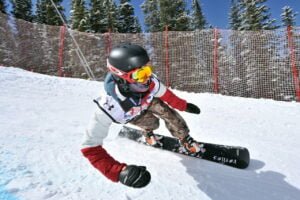When looking for a new pair of skis or snowboard, you will undoubtedly be faced with the choice between a sintered or extruded base. To avoid the stress of choosing, you would rather not look at this kind of detail. But is that a good idea? Because what exactly does a sintered or extruded base do?
In this article
Production process sintered and extruded
Whatever you choose, the construction of a ski and snowboard is always the same, regardless of whether it is a sintered or extruded base. The core of your snowboard and ski is separated from the snow by a thin layer of plastic. This is called the base, or the base in Dutch
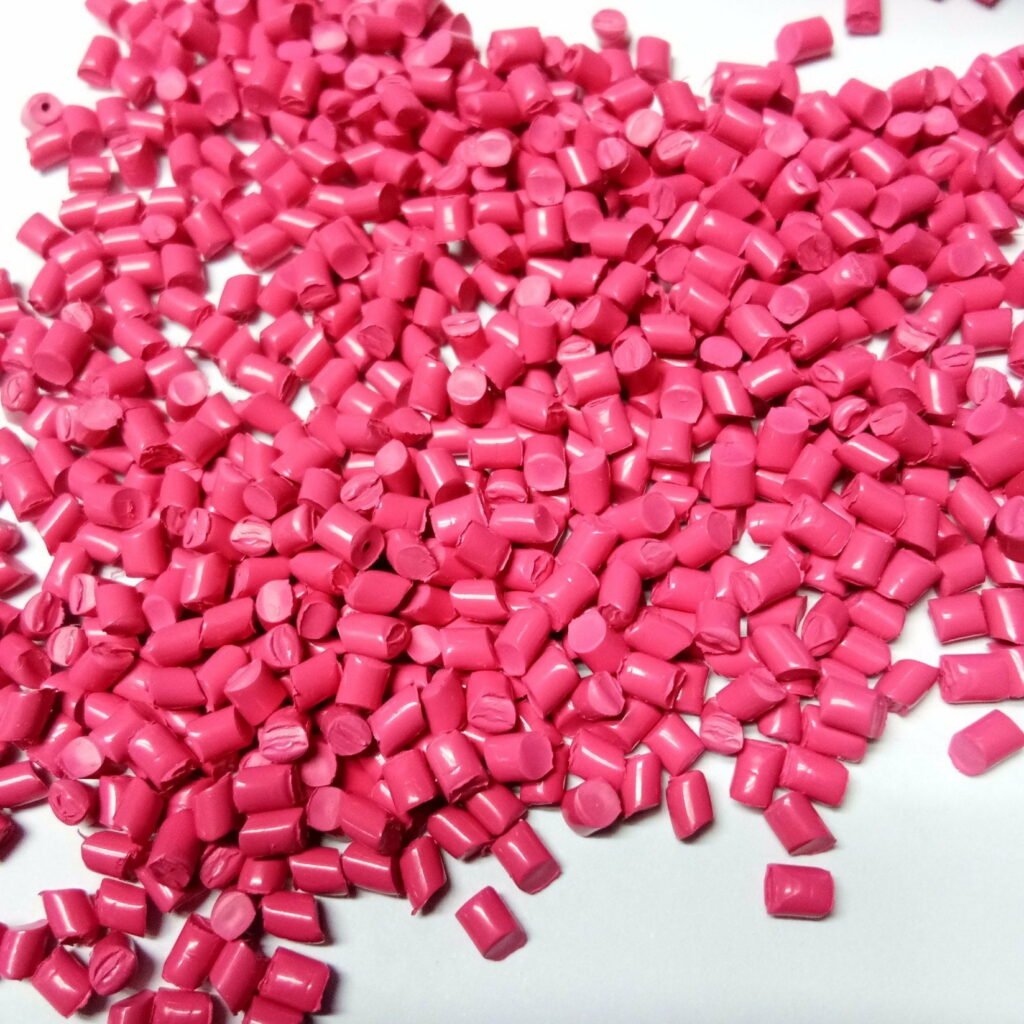
This layer of plastic consists of a chemical element that we call “polyethylene” and that is a polymer. Whether it is sintered or extruded, both are made of “the same” chemical products in the form of pellets.
The difference between these products is the way we go from pellets to a plastic “sheet”. In short, we heat and melt pellets to get an extruded base. On the other hand, we use high pressure to push the pellets together to get a sintered base.
The pellets for a sintered base are also called “UHMW-PE”. They have a relatively high melting point, which makes them less suitable for the extrusion process.
Both production processes result in a “blob” of plastic, with one product being slightly porous and the other being slightly porous. It will come as no surprise that an extruded base is also slightly porous, in contrast to a sintered base, which is.
You can compare it somewhat with sugar. You can melt it or press it together. When you melt it (e.g. cotton candy) it is not very porous, but when you press it together (e.g. sugar cube) it is just that way.
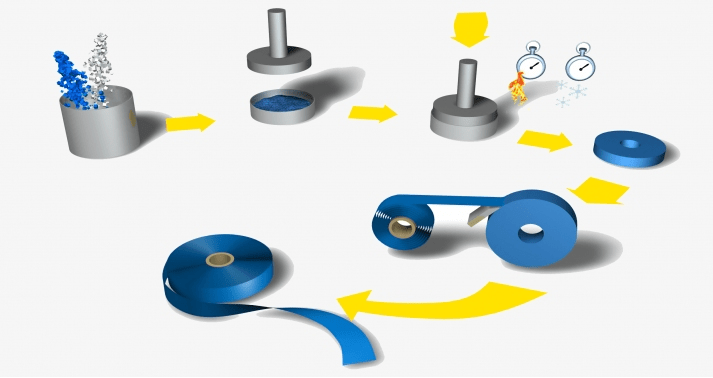
When polyethylene granules have their new shape, they will be cut off from this “blob” of plastic with a super sharp knife. To give you an idea; this new base sheet is about 1.3 millimeters thick. The width of this roll is about 150mm. That is ideal for a ski, but not enough for your snowboard.
I can hear you thinking; how do you make a snowboard? Well, before cutting, you will weld 2 pieces of plastic together, and then cut them. You will read more about that in a moment.

If you have been attentive in your search for a new snowboard / ski then you will undoubtedly have seen the numbers sintered 2000, 4000, 6000 or 8000. This is an indication from the manufacturer of how good the material is. Here too, the rule applies that a higher number is better. In concrete terms, this means how many pores can be found per cm2 but also what the quality is of the polyethylene pellets used.
Pros and cons
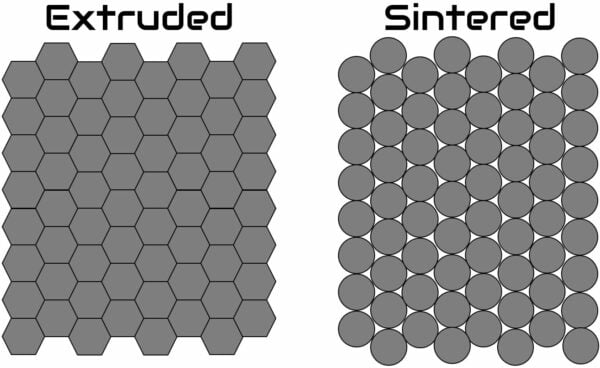
Speed & Waxing
We just made the comparison with sugar, specifically to explain porosity. You also know by now that you have to wax a ski or snowboard. You do this to fill those porous holes with wax and create one smooth surface. Common sense (GBV) tells us that one product is morewax will need than the other. And that is what it is all about in your choice between sintered or extruded.
Because an extruded base is less porous, you need less wax. This means that you “don’t really” have to wax an extruded base. Isn’t it amazing that we are so against our own shop speak ; )
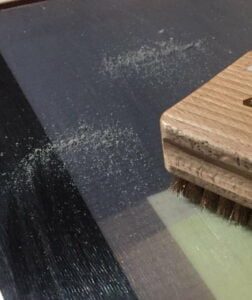
Since sintered base material is very porous, you obviously have to wax it very frequently and it will absorb more wax into the many pores.
In fact, an unwaxed extruded base can blast down the mountain faster than an unwaxed sintered base. However, when we both wax, the tables are turned: in that case, a sintered base is the winner right away.
Of course, we exaggerate when I say that you should not wax skis or snowboards with extruded bases. You should do that; to prevent drying out. Because an extruded base can hold wax very poorly.
If snow sports are about speed for you, choose a sintered base. Do you forget to wax regularly? Then choose an extruded base!
Sustainability & repair
A standard extruded base is easier and cheaper to produce. It is also sturdier than a sintered base. This is also the reason why a sintered ski or snowboard is more expensive to sell than its counterpart.
It is important to know that sintered material, due to the production process, has enormous internal tensions. This is because it pulls in 2 directions and that gives a faster chance of deformation of the material.
We just mentioned that you would weld 2 rolls together to get a sheet big enough for a snowboard. When you want to build the snowboard, this base material must first lie flat for 24 to 48 hours to prevent deformation. Of course, you can produce faster by heating it up in a heat tunnel, but this again gives an extra cost to build your snowboard or ski with a sintered base.

A big plus to choosing an extruded base is that you can repair it better with P-Tex. This makes it possible for DIYers to repair their material completely themselves. Also when you have a sintered ski with damage it is better to do the repair with extruded material, so you can avoid any deformation.
If you want to try to repair your snowboard yourself, know that both sintered and extruded base material will be sanded on one side in the factory. The other side will be given a structure. The sanded side is necessary to better adhere to epoxy. Epoxy is the glue with which you stick your base to the core of a snowboard or ski. The structure side is of course necessary for the smooth drainage of snow during boarding and skiing.
Advice per discipline
Freestyle
Bee freestyle snowboarding speed is not really an important factor. You will often slide over objects. Think of rails or boxes. We all know that this is not a “clean” surface and that you can quickly sustain damage. Freestylers therefore prefer an extruded base: it can take a beating. It is cheaper, sturdier and you have to wax less. The latter is very useful if you often train indoors, for example.

In all fairness, if you only do jumps, you might want to opt for a sintered base. Just to get enough speed to make that one jump.
Know that there is also extruded base material that is enriched with foreign material such as graphite. With this you still have the same material but you enjoy e.g. faster drainage or discharge of electrostatic electricity, with which you can still match the speed of an expensive sintered base. The idea that sintered is better than extruded has been outdated for years.
Beginner or occasional All-mountain
As a beginner, there are actually few reasons to choose sintered base material. There is a real chance that you will suffer damage more quickly during the learning process. This is part of it
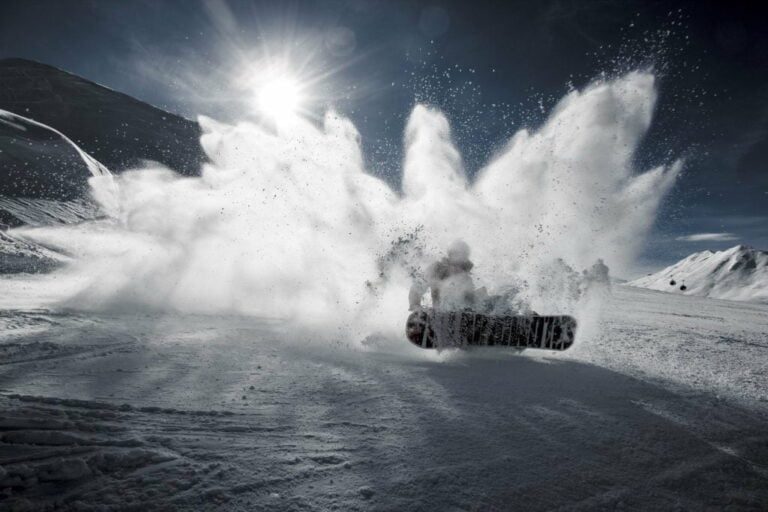
And that's true for the all-mountain lounge skier or party boarder. Chances are you'll be going over rough rocks or branches faster on certain terrain than on those well-groomed slopes.
The advantage for this group of skiers and snowboarders is that on the one hand you can save cash by choosing extruded base material, and on the other hand you don't have to walk into the workshop so often to have your material waxed.
Freeriders
If you want to enjoy speed, if you are going to surf in powder snow, you need to maintain and wax your equipment very frequently, so that you can build up enough speed to slog through a thick pack of snow.
Don't try to skimp on your snowboard or ski, and choose one from the more expensive segment with a sintered base.
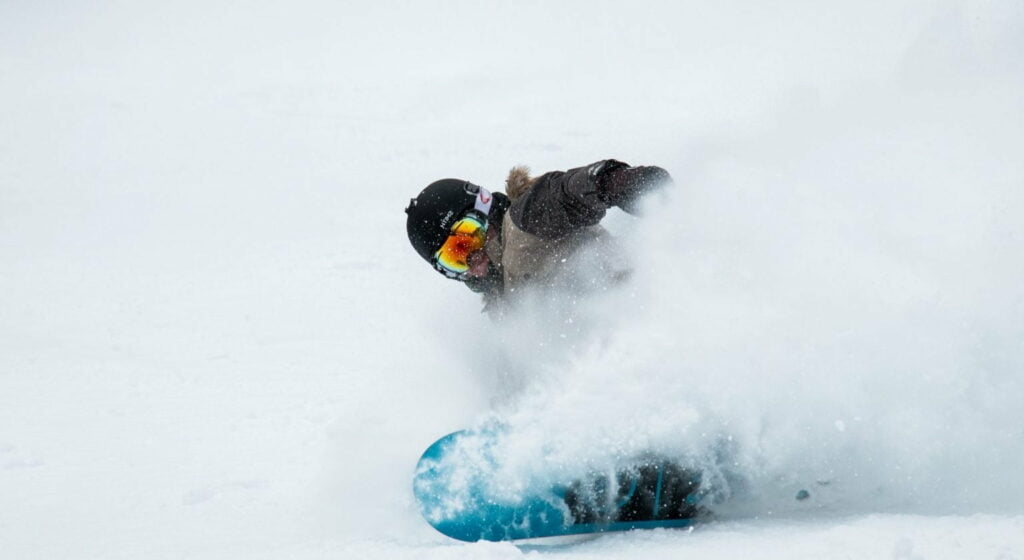
Advanced snowboard / ski
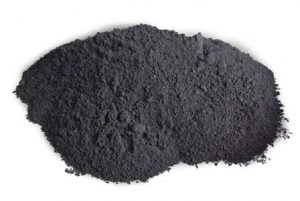 If you are already somewhat advanced with snowboarding or skiing, you will get more value for your money by choosing a sintered base.
If you are already somewhat advanced with snowboarding or skiing, you will get more value for your money by choosing a sintered base.
We don't need to tell you why you should wax, or how often. When you go all-mountain skiing, you'll appreciate the fact that you can charge down the mountain a lot more aggressively when you're out with a sintered base.
Of course you can also choose an extruded base, but then make sure that this is enriched with e.g. graphite or other solutions. This way you can match the sintered material, although you will still have to wax just as frequently because it cannot hold wax for long.
Pro boarders & skiers
Yes, speed matters. Go for a sintered base, and contact us us to provide you with your personal, tailor-made, maintenance plan to discuss so that your equipment is in top condition every day!
